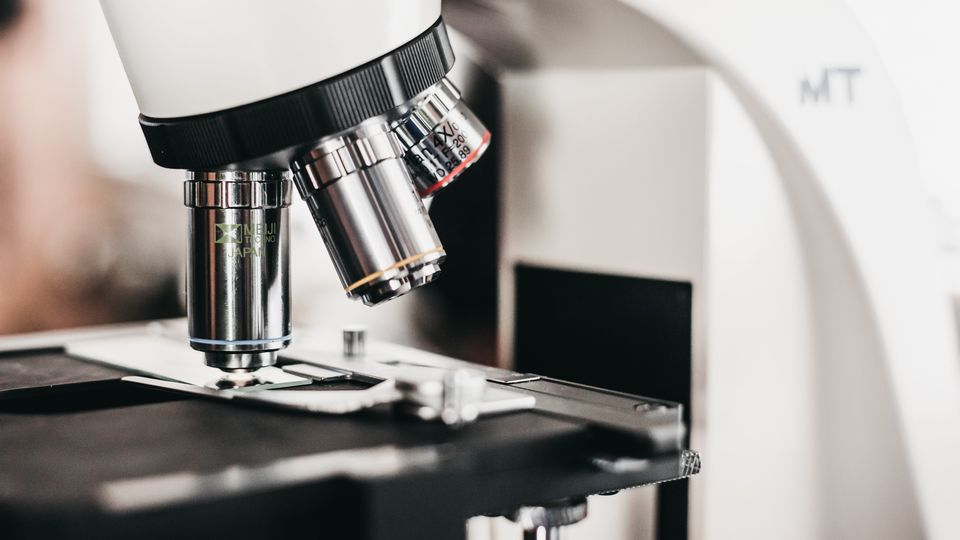Nikon Small World in Motion Competition – Top 5 Winning Videos of 2022

Earlier this year, Nikon Instruments announced the winners of its annualNikon Small World in Motion Video Competition. The competition, currently in its 12thyear, showcases the very best videos and time-lapse photography from under the microscope. Entries are sent from all over the globe, with previous winners including a glimpse of single-cell microfaunaswirlinginside a termite’s gut, the coalescence of ethanol and watermicro-dropletsand a new polypemergingfrom an endangered species of coral.
This year, the coveted first-place prize went to stunning footage of the migration of cells within a zebrafish embryo, captured by evolutionary biologistDr. Eduardo E. Zattara, researcher at the National Scientific and Technical Research Council in Argentina.
沟通和客户关系经理t Nikon Instruments Eric Flem said, “This year’s winning entry not only reflects the remarkable research and trends in science, but also gives the public a glimpse into a hidden world that can only be seen through a microscope. As imaging technologies continue to advance, we are seeing more scientifically relevant events in higher and more visually detailed quality.”
Watch the fascinating compilation video below and read our roundup for more information and clips from the top five entries of 2022!
5th place – Photosensitive active nematic layer confined in an annular channel
Ignasi Vélez-Ceron, Dr. Jordi Ignés & Dr. Francesc Sagués
Researchers from the Department of Materials Science and Physical Chemistry at the University of Barcelona captured this fascinating clip of fluorescent microtubules – proteins that give a cell's “skeleton” its shape and structure – swirling in a mesmerizing flow along a small circular channel. Studying the physics of microtubule movement, the researchers demonstrated that when confined into a small space, the microtubules begin to form a clear, synchronized and organized flow through the channel.
4th place – Dying melanoma cells
Dr. Dylan T. Burnette
This video, from Vanderbilt University School of Medicine researcher Dr. Dylan T. Burnette, shows the death of melanoma cells, an aggressive type of skin cancer. It was captured using a technique called differential interference contrast. These cells are undergoing cell death, with the formation of outward bulges in the cell membrane called “blebs” clearly visible shortly before the cell bursts into tiny fragments.
3rd place – Sea anemone neurons and stinging cells showing their dynamic processes
Dr. Ahmet Karabulut
These confocal fluorescence microscopy time-lapse images from the Stowers Institute for Medical Research show neurons and stinging cells of the sea anemone speciesNematostella vectensis. The stinging cells depicted here – also known as cnidocytes – are specialized neurons involved in the sea anemone’s self-defense or in capturing their prey.
2nd place – 12-hour time-lapse of cultured monkey cells labeled for plasma membrane (orange) and DNA (blue)
Dr. Christophe Leterrier
This video depicts 12 hours in the “strange” life of laboratory-cultured COS monkey cells, condensed down into just 12 seconds. In the top right of the frame, a trinucleated cell – i.e., containing three nuclei instead of the usual one – puts on a magnificent display during cell division (mitosis). First developed in the 1960s, the COS cell line is commonly used to study viruses – this video shows some of their dynamic processes and mitoses in spectacular magnification.
1st place – Lateral line cells and melanocytes migrating in a zebrafish embryo
Dr. Eduardo E. Zattara
The top spot went to this stunning time-lapse imagery of the migration of cells in a zebrafish embryo, captured using fluorescence microscopy over an eight-hour period by evolutionary biologist Zattara. The orange-stained melanocytes, cells that produce the pigment melanin, can be seen traveling underneath the skin of the zebrafish to reach their intended destination, while sensory organ progenitor cells in green travel along the lateral line of the embryo.
“This recording came out very clean and required almost no post-processing. It is an astonishing display of the dynamics of cell migration during development,” said Zattara. “The result was a video that was both biologically informative and visually striking. It was by far my favorite microscopy video to render.”



